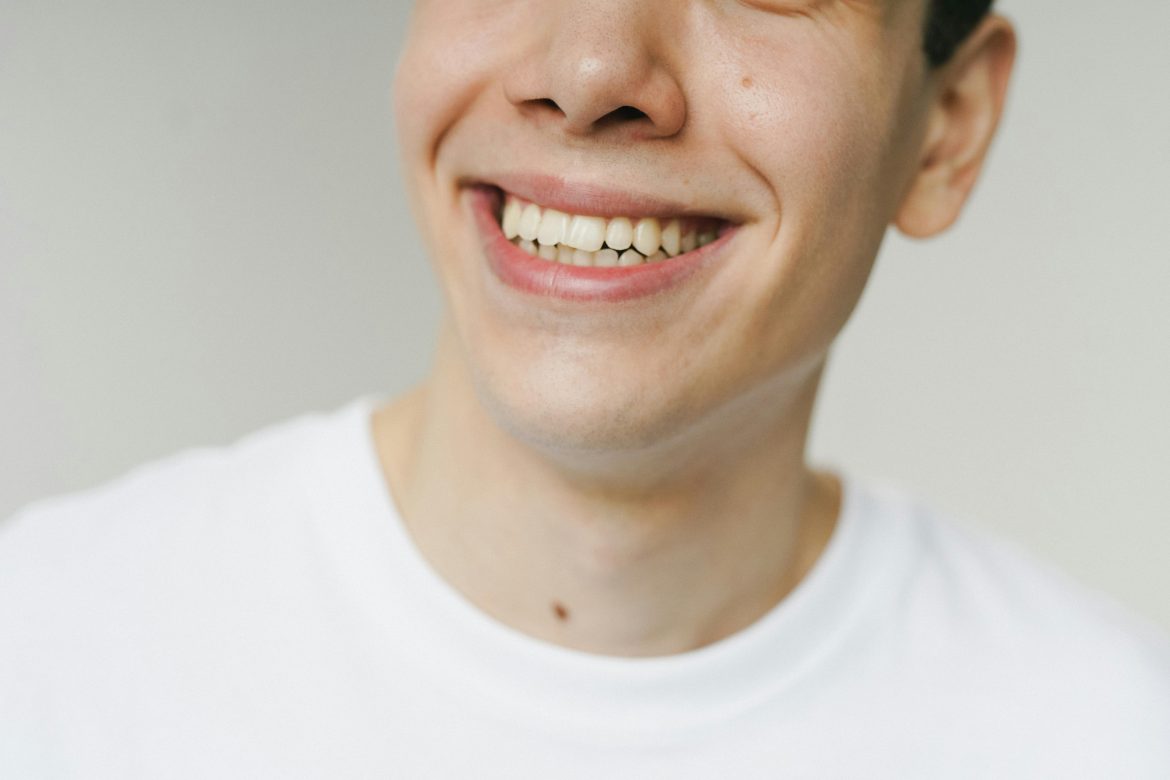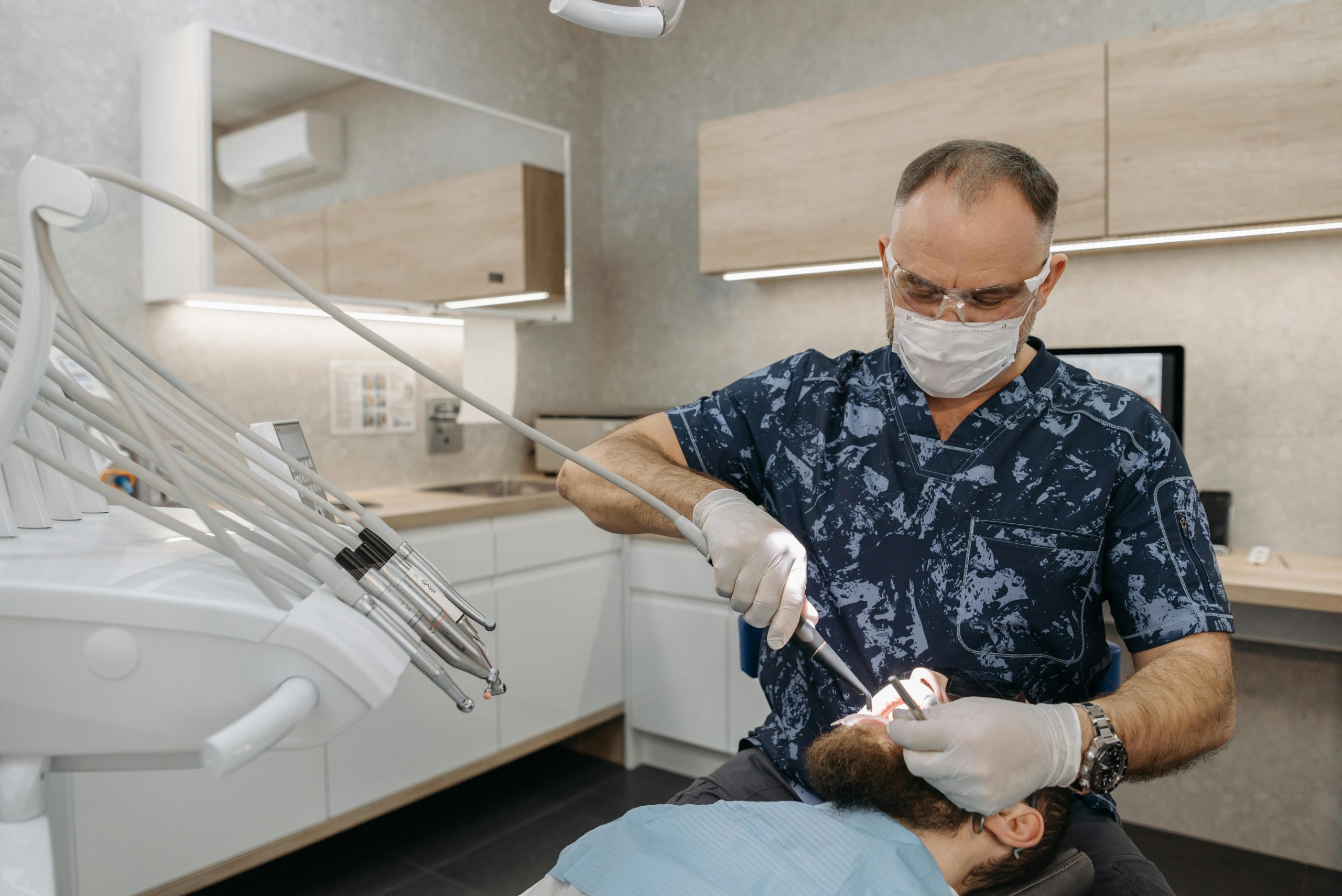

A bright smile makes a big difference. But if you’re dealing with yellow teeth, you’re not alone. Many people want whiter teeth but aren’t sure where to start. The good news is that there are several safe and effective ways to remove stains and bring back your smile’s natural shine.
This guide will explain what causes yellow teeth and offer practical steps—from at-home methods to professional treatments—to help you achieve a whiter smile.
What Causes Yellow Teeth?

Before you focus on whitening your teeth, it’s important to understand why they may be turning yellow in the first place. Several everyday habits, natural changes, and even genetics can play a role. Here are the most common causes of yellow teeth:
- Poor dental hygiene: If you don’t brush and floss regularly, plaque can build up on your teeth. This sticky layer traps stains and bacteria, making your teeth appear dull or yellow over time. Brushing twice a day and flossing once a day helps prevent this buildup.
- Food and drinks: Many common foods and beverages are known to stain teeth. These include coffee, tea, red wine, cola, berries, tomato sauce, and soy sauce. They contain pigments that cling to tooth enamel, especially if consumed frequently or without rinsing afterward.
- Tobacco use: Smoking or chewing tobacco is one of the top reasons for yellow or brown-stained teeth. The tar and nicotine in tobacco products stick to your enamel and cause discoloration that can be tough to remove without professional treatment.
- Aging: As you get older, your tooth enamel naturally wears down. This outer layer becomes thinner, allowing the yellowish layer underneath, called dentin, to show through. Even with good hygiene, this natural aging process can make teeth look more yellow.
- Medications: Certain medications, especially when taken during childhood while teeth are developing, can cause discoloration. Examples include tetracycline and doxycycline antibiotics. Some antihistamines, antipsychotics, and high blood pressure medications can also lead to staining.
- Genetics: Some people are born with thicker or whiter enamel, while others naturally have thinner or more transparent enamel. Genetics can also affect how easily your teeth stain and how bright your smile appears.
Understanding what’s behind your yellow teeth can help you choose the most effective whitening method—and prevent new stains from forming in the future.
Daily Habits That Help Prevent Yellowing
Keeping your teeth bright and white isn’t just about treatments—it starts with your everyday habits. Practicing good oral hygiene and being mindful of what touches your teeth can make a big difference over time. These simple habits can help prevent new stains and even reduce existing discoloration:
- Brush at least twice a day: Brushing in the morning and before bed removes plaque, food particles, and surface stains. Use a soft-bristled toothbrush to avoid damaging your enamel and choose a fluoride toothpaste to strengthen teeth and fight cavities. Whitening toothpastes can also help reduce minor stains if used regularly.
- Floss daily: Brushing alone doesn’t reach all areas of your teeth. Flossing once a day clears plaque and food debris from between your teeth and under the gumline—places where staining can begin. Consistent flossing also keeps your gums healthy, which contributes to a cleaner-looking smile.
- Rinse your mouth: After eating or drinking anything that’s known to stain teeth—like coffee, red wine, berries, or tomato sauce—rinse your mouth with water. This helps wash away staining agents before they have time to stick to your enamel.
- Use a straw: Drinking dark or acidic beverages through a straw can help prevent stains on your front teeth. This reduces how much contact your teeth have with soda, juice, iced tea, or iced coffee. Just aim the straw toward the back of your mouth for best results.
- Quit smoking: Smoking or using tobacco products is one of the fastest ways to stain teeth yellow or brown. Kicking the habit improves your oral health, reduces your risk of gum disease, and helps keep your teeth brighter over time.
Practicing these daily habits consistently will not only keep your teeth looking cleaner but also support your overall dental health for the long run.
At-Home Teeth Whitening Methods
There are several low-cost, convenient ways to whiten teeth at home. While they may take longer than professional treatments, they can still provide noticeable results.
- Whitening Toothpaste
Whitening toothpaste contains mild abrasives or low levels of peroxide to remove surface stains. Use it daily, but don’t expect instant results—it usually takes a few weeks of consistent brushing.
- Whitening Strips
These are thin plastic strips coated with peroxide gel. You apply them to your teeth for about 30 minutes a day. Most brands recommend using them for 7–14 days. They are effective for mild to moderate stains.
- Whitening Gels & Trays
Some over-the-counter kits include trays that mold to your teeth. You fill them with a whitening gel and wear them for a set time each day. These often provide better results than strips but can be more expensive.
- Baking Soda & Hydrogen Peroxide Paste
Mix a small amount of baking soda with hydrogen peroxide to make a paste. Brush with it a few times a week—but don’t overuse it. Baking soda can be abrasive and may wear down enamel if used too often.
- Coconut Oil Pulling
Swishing a tablespoon of coconut oil in your mouth for 10–15 minutes may help remove some surface stains. While not as powerful as peroxide-based products, it’s a natural and safe option.
Natural Remedies: Do They Work?
Many people try natural whitening methods like:
- Activated charcoal
- Apple cider vinegar
- Strawberry or banana peel rubbing
While these remedies are popular online, they have limited scientific evidence and may damage enamel if overused. Always consult your dentist before trying any natural whitening tricks.
Professional Whitening Options

If brushing, flossing, and whitening toothpaste aren’t enough to remove yellow stains, professional treatments can offer faster and more noticeable results. These dentist-supervised methods use stronger whitening agents and ensure safe application. They’re especially useful if you’re dealing with deep stains or want to boost your smile before a big event.
1. In-Office Whitening
This is the fastest and most effective method to whiten teeth. During an in-office session, your dentist applies a high-concentration hydrogen peroxide or carbamide peroxide gel to your teeth. In some cases, a special light or laser is used to speed up the process and enhance results. The entire treatment usually takes about 60–90 minutes.
Pros:
- Instant results: Teeth can appear several shades whiter after just one session.
- Safe and monitored: Your dentist controls the process to protect your gums and enamel.
- Ideal for special occasions: Perfect if you need a whiter smile fast—for weddings, interviews, or events.
Cons:
- Expensive: Treatments typically cost between $300–$600 per session, depending on location and provider.
- May cause temporary sensitivity: Some people experience mild discomfort or sensitivity in the hours or days after treatment.
2. Take-Home Trays from the Dentist
If you want professional results at a more affordable price—and don’t mind waiting a bit longer—take-home whitening kits from your dentist are a great option. Your dentist will take an impression of your teeth and create custom-fitted trays that ensure even application. You’ll use the trays with a prescription-strength whitening gel at home.
You usually wear the trays for 30 minutes to a few hours daily for 1 to 2 weeks, depending on your dentist’s instructions and your desired results.
Pros:
- More effective than over-the-counter kits: Stronger gel and precise fit make whitening more even and reliable.
- Tailored to your teeth: Custom trays minimize gum irritation and help avoid patchy results.
Cons:
- Slower than in-office treatments: Results take several days to appear and may require multiple uses.
- Cost is moderate: Prices range from $200–$400, depending on your dentist and location.
Lifestyle Changes for Long-Term Whitening
Once your teeth are whiter, you’ll want to keep them that way. Here are simple changes that can help:
- Cut back on coffee, tea, and soda. Or rinse your mouth with water after drinking them.
- Drink more water. It helps wash away food particles and bacteria.
- Snack on crunchy fruits and veggies. Apples, carrots, and celery can help clean your teeth naturally.
- Visit your dentist regularly. Get professional cleanings every 6 months to remove plaque and stains.
- Brush your tongue. Bacteria on your tongue can lead to discoloration and bad breath.
When to See a Dentist
If your yellow teeth don’t improve with over-the-counter products, or if you notice:
- Uneven discoloration
- Spots or streaks
- Pain or sensitivity
- A history of dental restorations (like crowns or veneers)
It’s best to see a dentist. They can determine the cause of the discoloration and recommend safe treatments tailored to your needs.
Can You Whiten Crowns, Veneers, or Fillings?
No—whitening products only work on natural teeth. If your dental work looks darker than your whitened teeth, your dentist may suggest replacing them or matching them with your new shade.
Side Effects of Whitening
Teeth whitening is generally safe, but some people may experience:
- Tooth sensitivity
- Gum irritation
- Temporary white spots
These usually go away within a few days. Using products as directed and avoiding overuse can help prevent these problems.
Final Thoughts
Getting rid of yellow teeth doesn’t have to be difficult or expensive. Whether you use whitening toothpaste, try natural remedies, or visit your dentist for professional treatments, there are many ways to brighten your smile safely.
With a mix of good oral hygiene, smart habits, and the right whitening method, you can boost your confidence and enjoy a whiter, healthier-looking smile.
